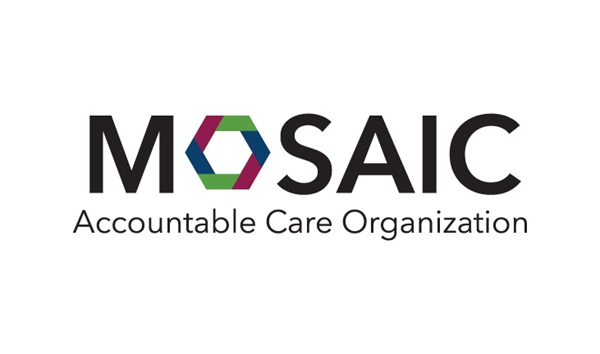Garbled Text Messages May Be the Only Symptoms of Stroke
DETROIT – Difficulty or inability to write a coherent text message, even in patients who have no problem speaking, may become a “vital” tool in diagnosing a type of crippling stroke, according to new research at Henry Ford Hospital.
The case study focused on a 40-year-old man visiting the metro Detroit area on business who showed signs of “dystextia,” a recently coined term for incoherent text messaging that can sometimes be confused with autocorrect garble. But in his case, the man saw nothing wrong with the garble.
The patient had no problem with a routine bedside test of his language abilities – including fluency of speech, reading, writing, comprehension and other factors. However, when asked to type a simple text message, he not only produced garble, but he was unable to see it as such.
Despite showing only slight facial asymmetry and no other symptoms, doctors determined the man had suffered an acute ischemic stroke, in which a clot or other blockage cuts off blood supply to part of the brain. Such strokes usually result in some form of physical impairment and can be fatal.
The report is will be presented March 19th during the annual scientific meeting of the American Academy of Neurology in San Diego.
Omran Kaskar, M.D., a neurologist at Henry Ford Hospital and lead author of the research, said it illustrates how dystextia can be the only symptom of stroke-related aphasia – a partial or sometimes total inability to form or understand language.
“Text messaging is a common form of communication with more than 75 billion texts sent each month,” Dr. Kaskar said. “Besides the time-honored tests we use to determine aphasia in diagnosing stroke, checking for dystextia may well become a vital tool in making such a determination.”
Dr. Kaskar added, “Because text messages are always time-stamped when they’re sent they may also help establish when the stroke symptoms were at least present or even when they began,” a key component in determining inclusion for IV thrombolytic therapy and or acute intervention.
The patient described in the Henry Ford research report had sent a message to his wife shortly after midnight the night before he went to the hospital. She described it as “disjointed, non-fluent, and incomprehensible.”
It said, “Oh baby your;” and was followed by “I am happy.” Two minutes later: "I am out of it, just woke up, can't make sense, I can't even type, call if ur awake, love you."
The next day, after doctors found no visible neurological problems except a slight weakness on the right side of his face, and the patient had no trouble in handling the traditional bedside evaluation of language abilities, he was handed a smartphone and asked to type, “the doctor needs a new blackberry.”
Instead, he texted, “Tjhe Doctor nddds a new bb.” When asked if it was correct, the researchers reported, he did not recognize any typing errors.
Once it was determined that the man had suffered an acute ischemic stroke, the doctors concluded that checking for dystextia may become a vitally important diagnostic tool, particularly for patients who show no other clear symptoms.
Funding: Henry Ford Hospital
.svg?iar=0&hash=F6049510E33E4E6D8196C26CCC0A64A4)

/hfh-logo-main--white.svg?iar=0&hash=ED491CBFADFB7670FAE94559C98D7798)







